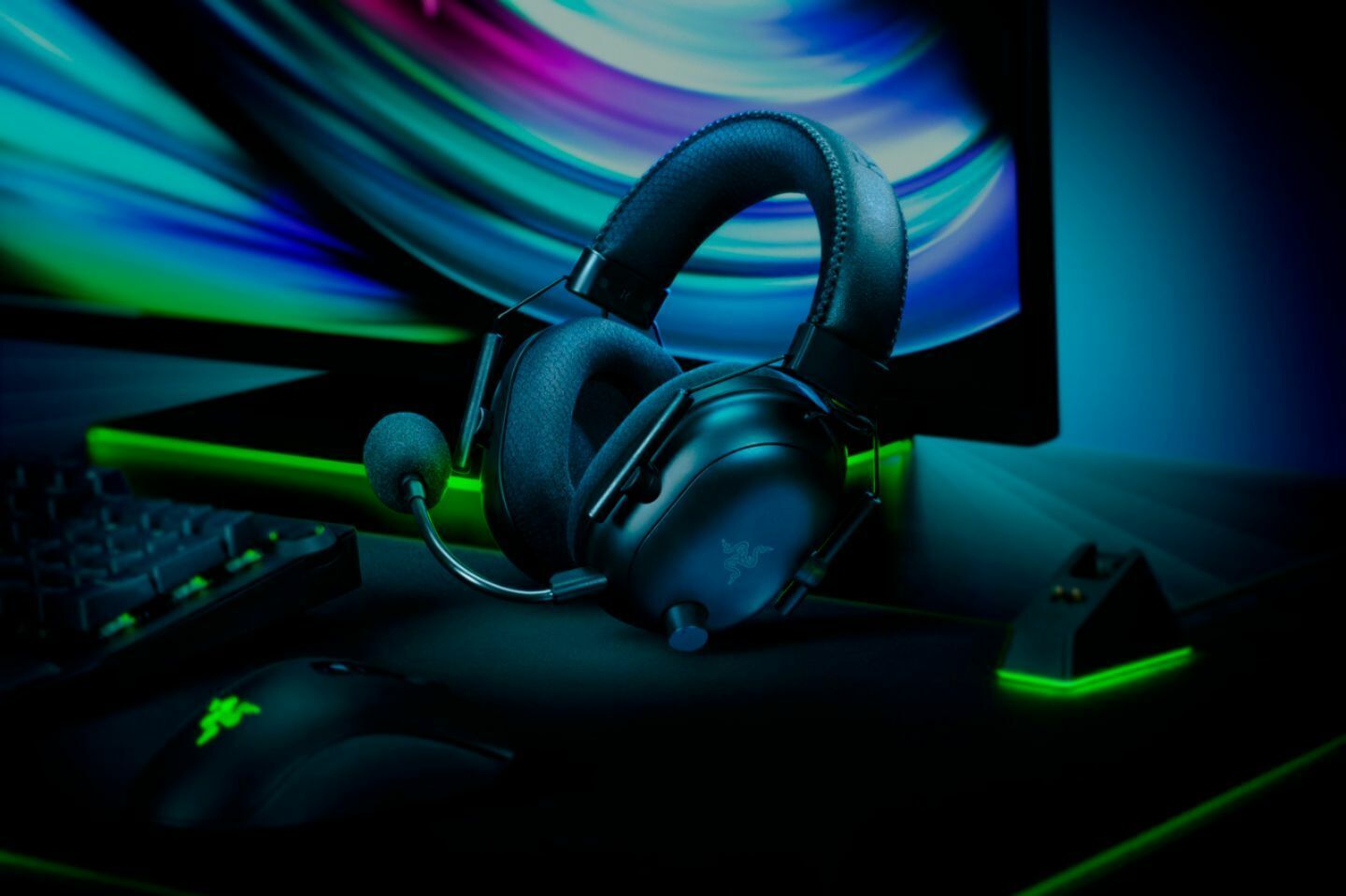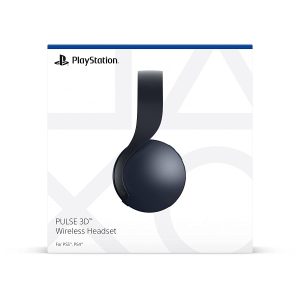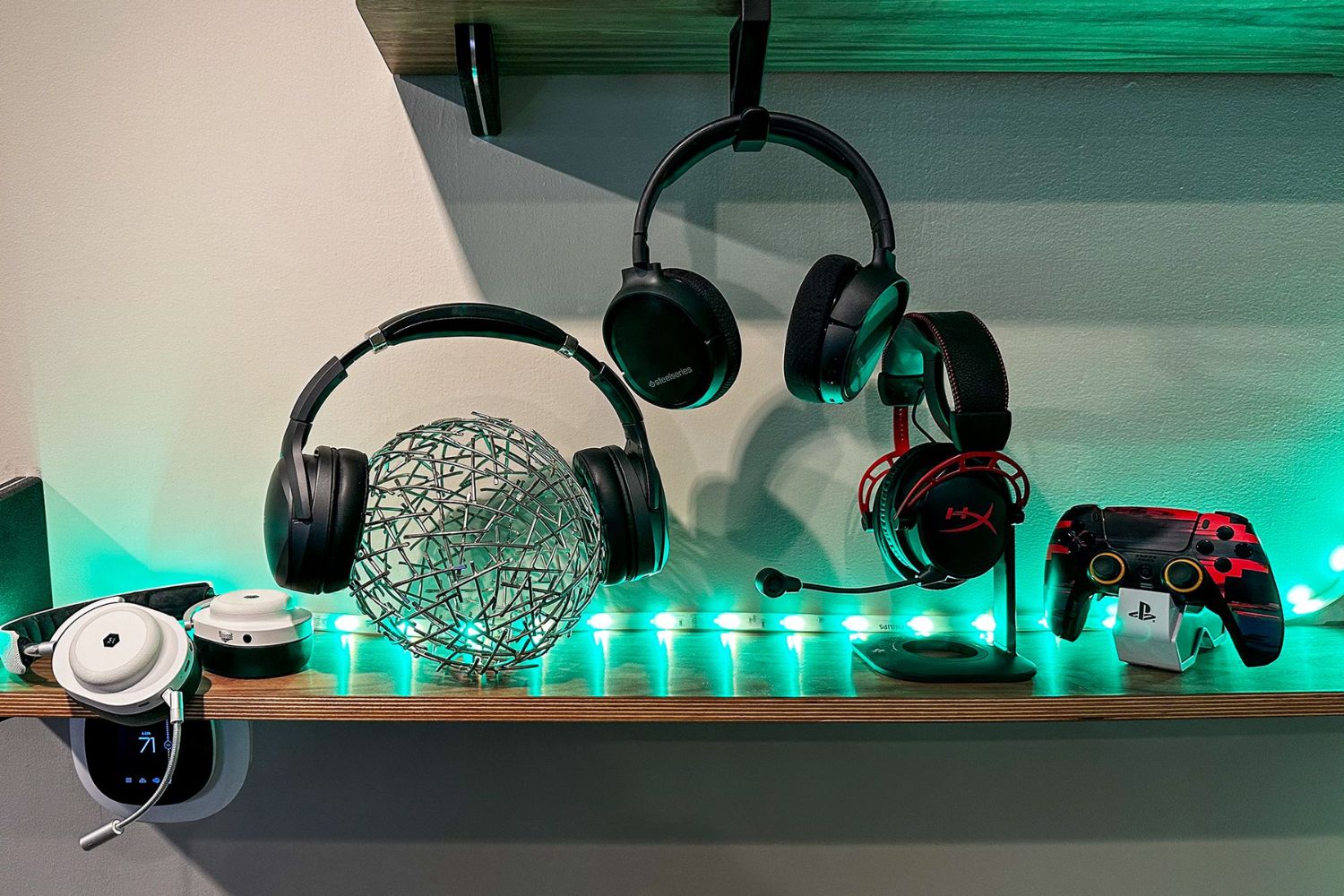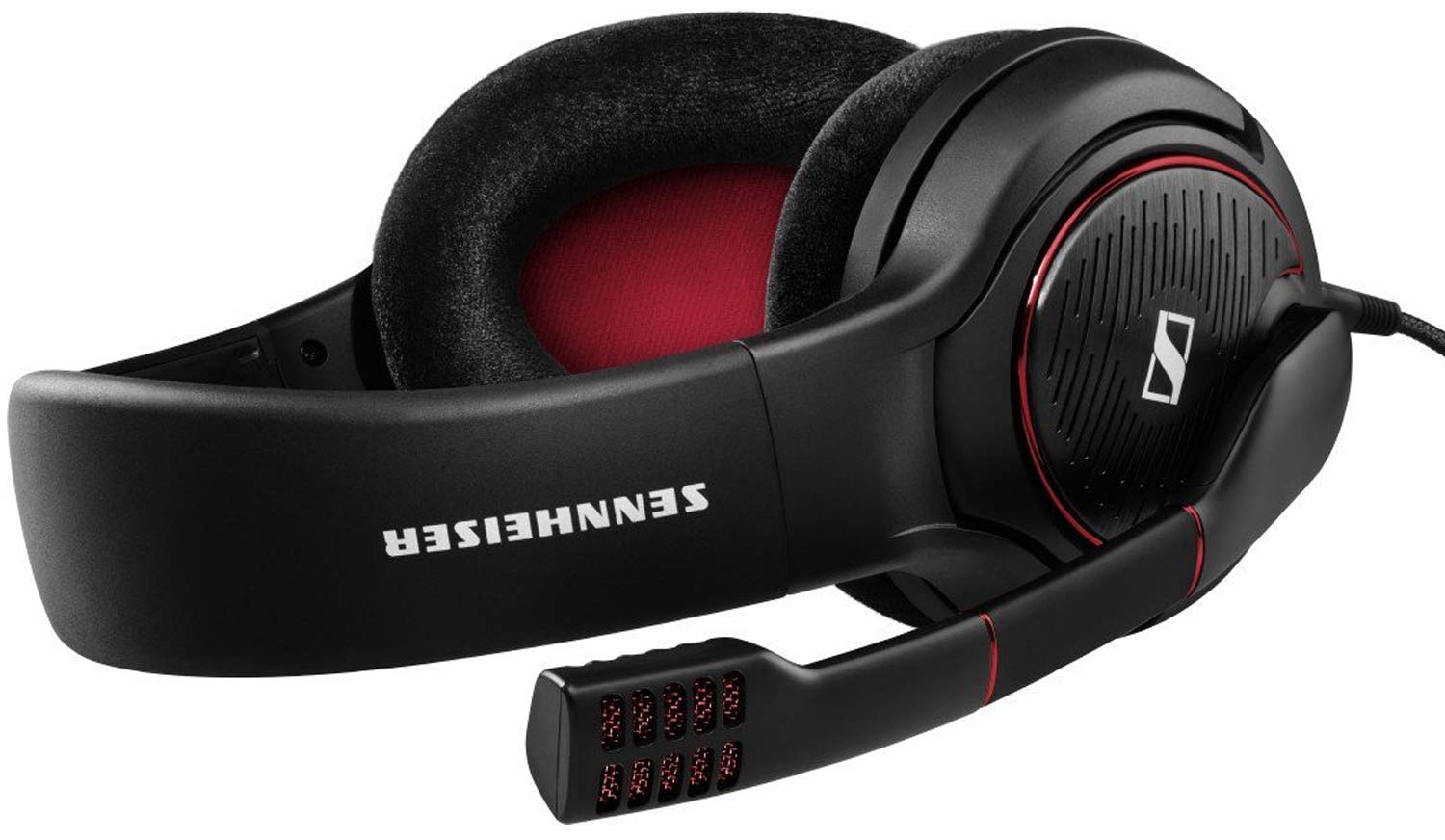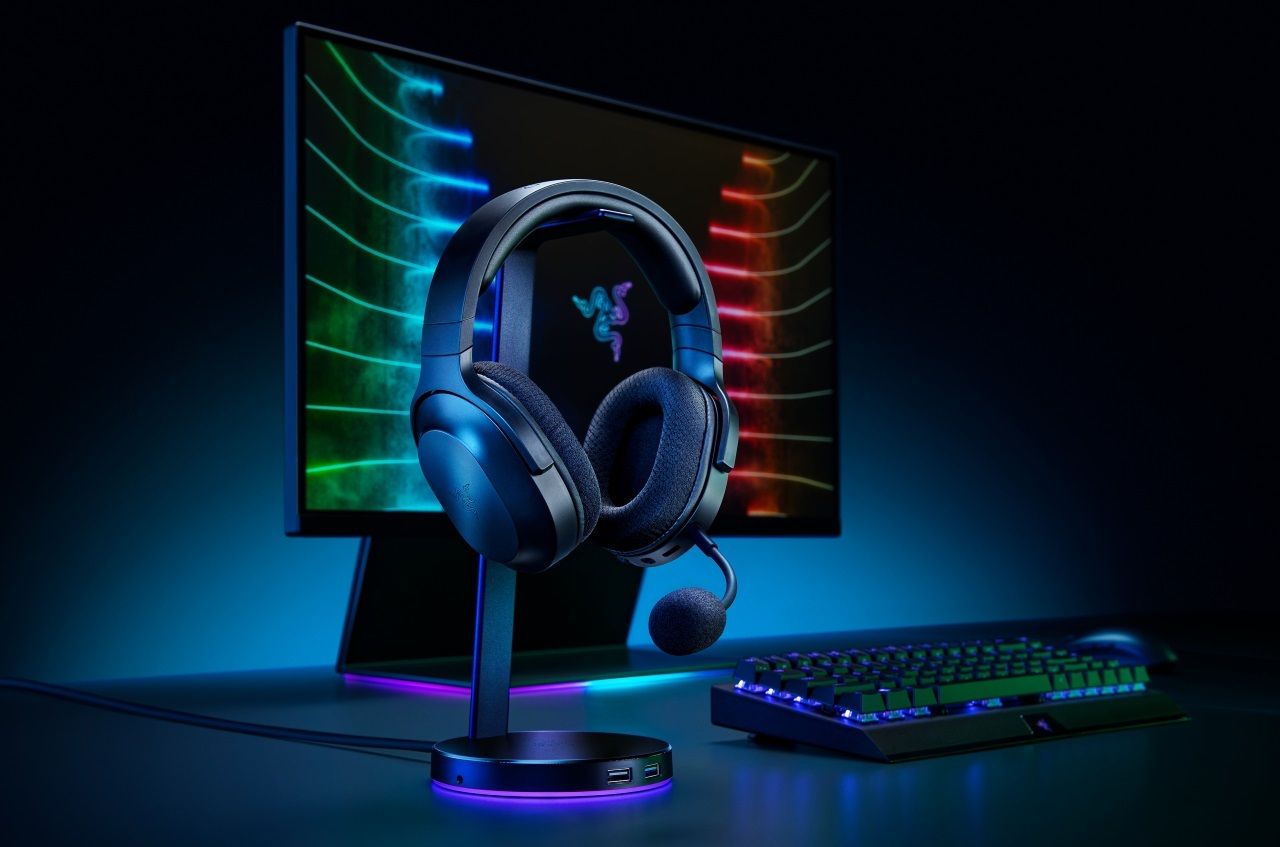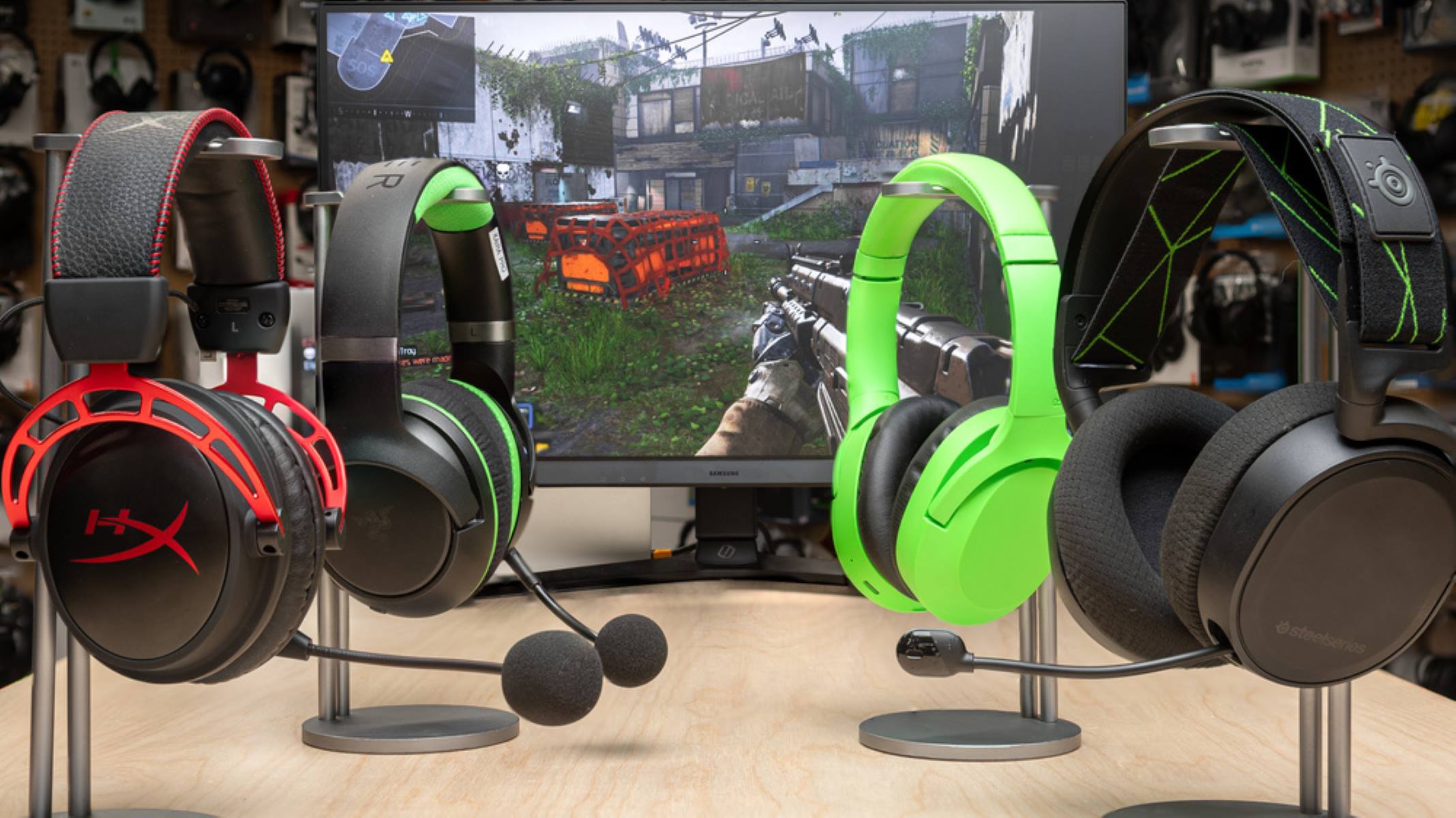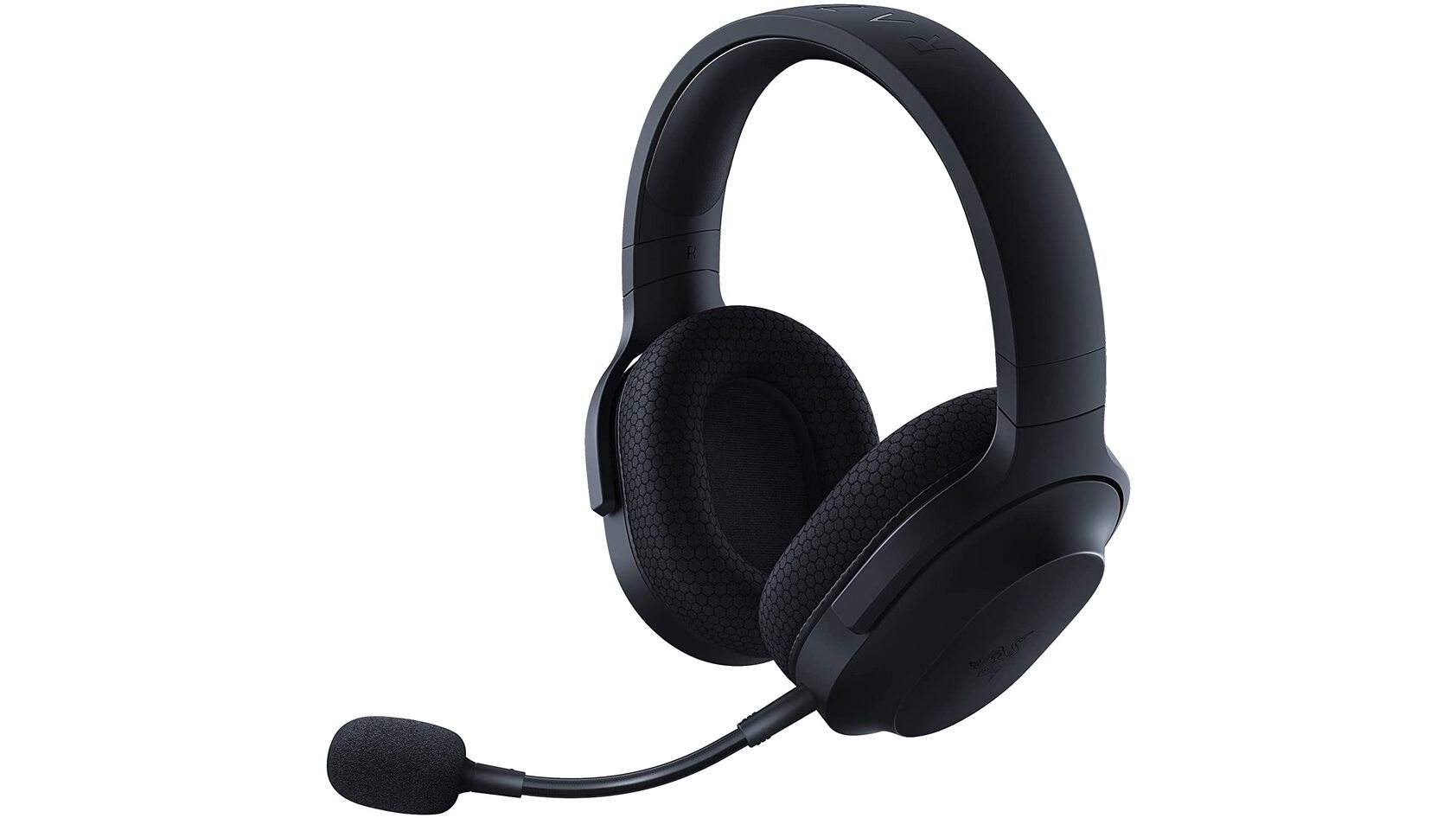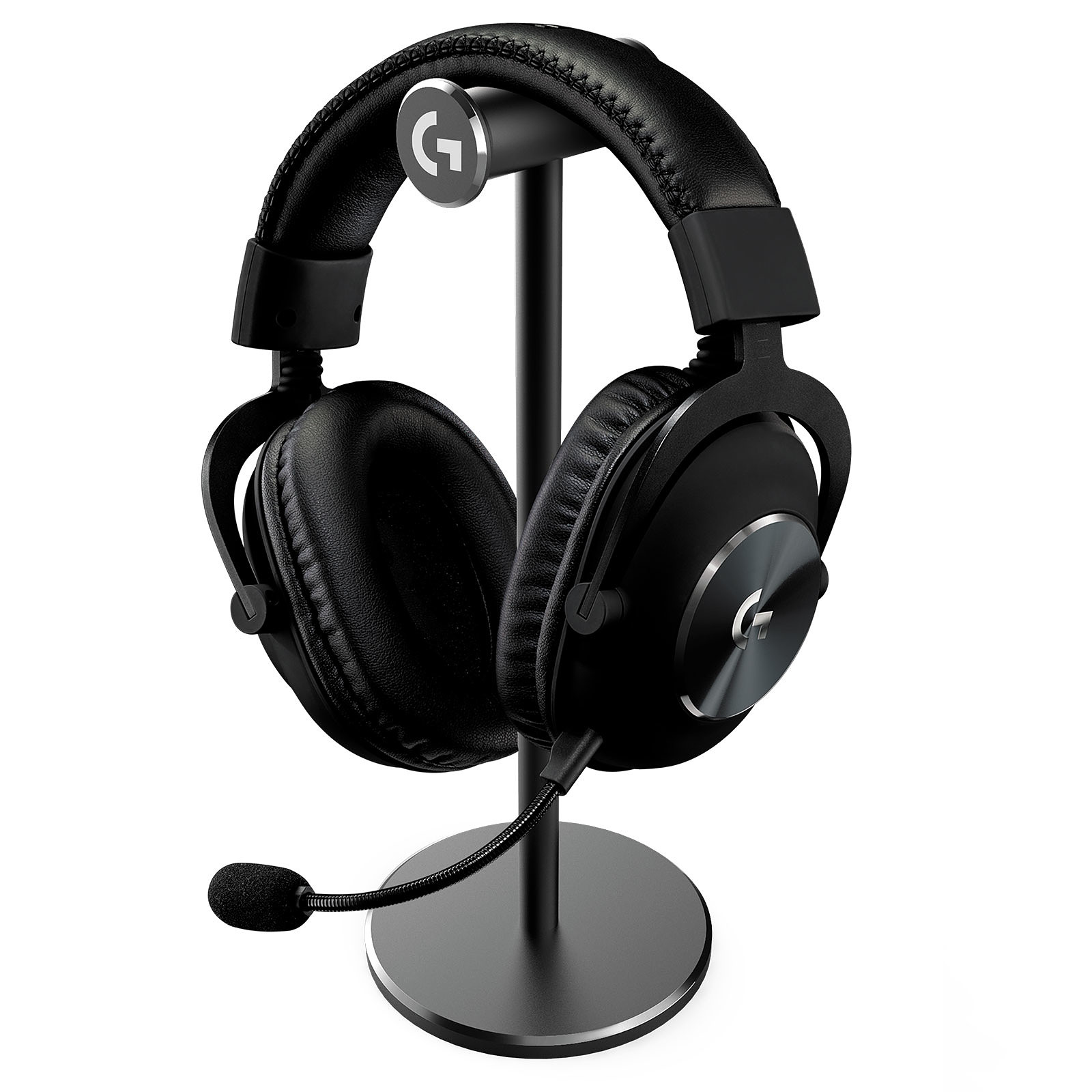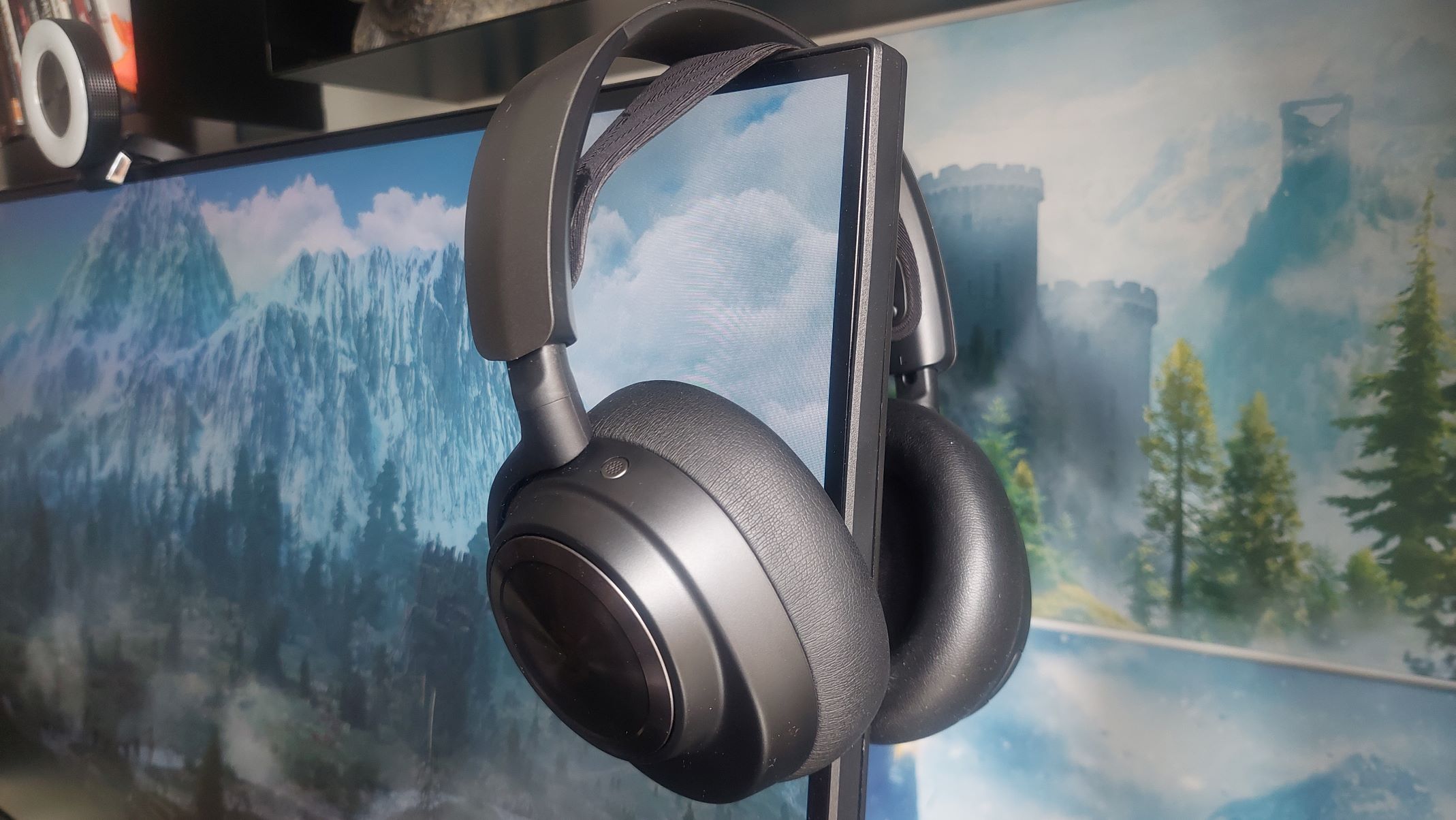Introduction
Introduction
Gaming headsets have become an essential accessory for gamers, providing an immersive audio experience that enhances gameplay and communication. However, even the best gaming headsets can benefit from optimization to deliver superior sound quality. Whether you are a casual gamer or a dedicated enthusiast, there are several techniques you can employ to make your gaming headset sound better. From adjusting the equalizer settings to utilizing sound enhancement software, these methods can elevate your gaming experience to new heights.
Improving the sound quality of your gaming headset not only enhances your gaming experience but also allows you to appreciate the intricacies of in-game audio, from the subtle footsteps of approaching adversaries to the thunderous explosions that punctuate intense battles. By implementing the following strategies, you can unlock the full potential of your gaming headset and immerse yourself in a world of rich, dynamic soundscapes.
Let's delve into the various methods that can help you enhance the sound quality of your gaming headset, allowing you to experience games in a whole new dimension. Whether you're seeking a more robust bass, clearer dialogue, or a wider soundstage, these techniques will empower you to customize your audio experience and elevate your gaming sessions to unprecedented levels of audio fidelity and immersion.
Adjusting the Equalizer Settings
One of the most effective ways to enhance the sound quality of your gaming headset is by adjusting the equalizer settings. The equalizer, a fundamental component of audio processing, allows you to fine-tune the balance of different frequencies, thereby customizing the audio output to suit your preferences.
When adjusting the equalizer settings for your gaming headset, it’s essential to consider the specific characteristics of the audio you wish to optimize. For instance, if you desire a more pronounced bass response to intensify the impact of explosions and gunfire in action-packed games, you can increase the low-frequency (bass) levels on the equalizer. Conversely, if you prefer clearer dialogue and more prominent treble tones for immersive storytelling experiences, adjusting the high-frequency (treble) settings can enhance vocal clarity and ambient soundscapes.
Moreover, many gaming headsets come with preset equalizer profiles tailored for different genres of games, such as first-person shooters, role-playing games, and multiplayer online battle arenas. These presets are designed to accentuate specific audio elements that are crucial to each genre, providing an effortless way to optimize your headset’s sound output without delving into intricate equalizer adjustments.
For those seeking a more personalized audio experience, manually adjusting the equalizer settings allows for precise control over the audio output, enabling you to tailor the sound to your exact preferences. Experimenting with different equalizer configurations can reveal nuances in the audio that were previously overshadowed, allowing you to rediscover familiar games with a renewed sense of immersion and auditory depth.
By harnessing the power of the equalizer, you can sculpt the audio output of your gaming headset to align with your preferred sonic characteristics, whether it’s bolstering the bass for heart-pounding action or refining the treble for nuanced storytelling. This level of customization empowers you to optimize your gaming headset’s sound quality to suit your unique preferences, ultimately enhancing your gaming experience and deepening your connection to the virtual worlds you explore.
Using a Headphone Amplifier
When aiming to elevate the sound quality of your gaming headset, employing a headphone amplifier can significantly enhance the audio performance, particularly if your headset features high-impedance drivers or if you seek more power and clarity in the audio output.
A headphone amplifier serves as an intermediary device between your gaming headset and the audio source, providing additional power to drive the headset’s drivers more effectively. This is especially beneficial for high-impedance headphones, as the amplifier can deliver the requisite voltage and current to drive the drivers with optimal control and fidelity, resulting in a more dynamic and detailed sound reproduction.
Furthermore, headphone amplifiers often incorporate advanced circuitry and components designed to minimize distortion and background noise, thereby ensuring that the audio signal remains pristine and unadulterated as it traverses from the amplifier to your gaming headset. This heightened signal integrity can unveil subtle nuances in the audio, allowing you to discern intricate details in the game’s soundscapes with heightened clarity and precision.
Another advantage of using a headphone amplifier is the ability to customize the sound signature of your gaming headset. Many amplifiers feature adjustable gain levels and equalization settings, enabling you to fine-tune the audio output according to your preferences. Whether you seek a more expansive soundstage, tighter bass response, or a more balanced tonal profile, the amplifier’s controls afford you the flexibility to tailor the sound to your liking, thereby optimizing your gaming experience.
Additionally, headphone amplifiers often incorporate premium digital-to-analog converters (DACs) that can significantly improve the audio quality by converting digital audio signals into analog waveforms with exceptional precision and fidelity. This can result in a more natural and engaging sound reproduction, enriching your gaming sessions with a heightened sense of immersion and sonic realism.
By integrating a headphone amplifier into your gaming setup, you can harness its ability to drive high-impedance headphones, enhance audio clarity, minimize distortion, and customize the sound signature to suit your preferences. This can lead to a discernible improvement in the sound quality of your gaming headset, allowing you to experience games with a newfound level of sonic refinement and immersion.
Upgrading the Audio Drivers
Optimizing the sound quality of your gaming headset can be achieved through the upgrade of audio drivers, which play a pivotal role in translating digital audio signals into the rich, immersive soundscapes that define the gaming experience. Whether you are using a standalone gaming headset or a pair of headphones with an integrated microphone, ensuring that the audio drivers are up to date is crucial for maximizing audio fidelity and performance.
When considering the upgrade of audio drivers, it is essential to differentiate between two primary types of drivers: the headset’s physical drivers (speakers) and the software drivers that facilitate communication between the headset and the audio source, such as the computer or gaming console.
For physical drivers, which encompass the headset’s speakers or transducers, ensuring that they are well-maintained and free from damage is paramount for preserving sound quality. Over time, physical wear and tear can degrade the performance of the drivers, leading to diminished audio clarity and fidelity. Therefore, regularly inspecting and, if necessary, replacing the physical drivers can revitalize the sound quality of your gaming headset, restoring its ability to reproduce audio with precision and impact.
On the software side, updating the audio drivers that facilitate communication between the headset and the audio source is crucial for ensuring compatibility, stability, and optimal performance. Manufacturers often release driver updates to address compatibility issues, enhance audio processing capabilities, and rectify known audio-related issues. By installing the latest audio drivers provided by the headset’s manufacturer, you can leverage the latest advancements in audio technology, potentially unlocking new features and improvements that can elevate the sound quality of your gaming headset.
Furthermore, updating audio drivers can mitigate potential audio-related issues, such as crackling, distortion, or inconsistent sound output, thereby fostering a more seamless and enjoyable gaming experience. Whether you are using a wired or wireless gaming headset, ensuring that the audio drivers are up to date can help address these issues and optimize the headset’s audio performance.
By prioritizing the upgrade of both the physical and software audio drivers of your gaming headset, you can rejuvenate its sound quality, mitigate potential audio-related issues, and leverage the latest advancements in audio technology. This proactive approach can result in a tangible improvement in the headset’s audio fidelity, allowing you to immerse yourself in games with enhanced sonic realism and clarity.
Positioning the Microphone for Better Sound
While the primary focus of optimizing a gaming headset often revolves around enhancing audio playback, the positioning of the microphone is equally crucial for achieving superior sound quality, especially during in-game communication and live streaming. By strategically positioning the microphone and implementing best practices for microphone usage, you can ensure clear and articulate vocal reproduction, thereby enhancing the overall audio experience for both yourself and your audience.
When positioning the microphone of your gaming headset, it’s essential to maintain an optimal distance between the microphone and your mouth to achieve a balanced and natural sound. Positioning the microphone too close can lead to excessive plosives and sibilance, resulting in distorted and harsh vocal reproduction. Conversely, situating the microphone too far away can diminish vocal clarity and intelligibility, leading to a muffled or distant sound.
Moreover, considering the microphone’s directional characteristics is critical for achieving optimal sound capture. Many gaming headsets feature unidirectional or cardioid microphones, which are designed to capture sound primarily from the front while attenuating background noise. By orienting the microphone to face your mouth and minimizing ambient noise sources, such as fans or air conditioning units, you can ensure that the microphone captures your voice with clarity and precision, enhancing the quality of in-game communication and live commentary.
In addition to proper positioning, utilizing a pop filter or foam windscreen can further improve the microphone’s sound quality by attenuating plosives and reducing wind noise, resulting in smoother and more natural vocal reproduction. These accessories are particularly beneficial for mitigating the impact of sudden bursts of air, such as when pronouncing plosive sounds like “p” and “b,” thereby enhancing the overall intelligibility and tonal balance of your voice.
Furthermore, adjusting the microphone input levels and sensitivity settings in your computer’s audio control panel or gaming software can help optimize the microphone’s performance, ensuring that it captures your voice with the desired volume and clarity. By fine-tuning these settings, you can mitigate background noise, prevent audio clipping, and achieve a balanced vocal presence, enhancing the overall sound quality of your gaming headset during communication and live streaming.
By meticulously positioning the microphone of your gaming headset, utilizing directional characteristics, and implementing best practices for microphone usage, you can elevate the sound quality of in-game communication and live commentary. These considerations not only enhance the clarity and articulation of your voice but also contribute to a more immersive and engaging audio experience for both yourself and your audience.
Using Sound Enhancement Software
Sound enhancement software can serve as a powerful tool for optimizing the audio output of your gaming headset, offering a myriad of features and customization options to tailor the sound to your preferences. Whether you seek to refine the spatial imaging, equalization, or surround sound capabilities of your gaming headset, sound enhancement software provides a versatile platform for fine-tuning the audio characteristics to suit your specific gaming and multimedia needs.
One of the primary benefits of sound enhancement software is its ability to offer advanced equalization controls, allowing you to precisely adjust the frequency response of your gaming headset to match your preferred audio profile. Whether you prefer a more pronounced bass for immersive gameplay or a balanced tonal representation for music and movies, the equalization features of sound enhancement software enable you to tailor the headset’s sound signature with precision, thereby elevating the overall audio experience.
Furthermore, many sound enhancement programs incorporate virtual surround sound technologies, which can expand the perceived spatial imaging and positional audio accuracy of your gaming headset. By simulating multi-channel audio environments, these technologies create a more immersive and spatially realistic auditory experience, enhancing your ability to discern directional cues and environmental soundscapes within games, ultimately contributing to a heightened sense of immersion and spatial awareness.
Moreover, sound enhancement software often includes advanced audio processing algorithms designed to enhance the clarity, detail, and dynamic range of the audio output. These algorithms can mitigate audio artifacts, such as distortion and clipping, while accentuating subtle nuances in the sound, resulting in a more refined and engaging audio presentation. Additionally, features like dynamic range compression and dialogue enhancement can optimize the audio balance, ensuring that quiet sounds are more audible while preventing excessively loud sounds, thereby fostering a more comfortable and immersive listening experience.
Another notable aspect of sound enhancement software is its capacity to offer customizable audio presets tailored for specific gaming genres, music genres, and multimedia applications. These presets provide a convenient means of instantly optimizing the headset’s sound output for different content types, allowing you to seamlessly transition between gaming, music, and movie playback with tailored audio profiles that accentuate the unique characteristics of each medium.
By leveraging sound enhancement software, you can unlock the full potential of your gaming headset, harnessing advanced equalization controls, virtual surround sound technologies, audio processing algorithms, and customizable audio presets to tailor the audio output to your preferences. This level of customization empowers you to experience games, music, and multimedia content with a heightened sense of immersion, fidelity, and sonic refinement, ultimately elevating your audio experience to new heights.
Conclusion
Enhancing the sound quality of your gaming headset is a multifaceted endeavor that encompasses various strategies and techniques, each contributing to a more immersive and enjoyable audio experience. From adjusting the equalizer settings to utilizing sound enhancement software, the methods discussed in this guide provide valuable insights into optimizing your gaming headset for superior sound quality.
By strategically adjusting the equalizer settings, you can tailor the audio output to accentuate specific sonic characteristics, whether it’s bolstering the bass for intense action sequences or refining the treble for nuanced storytelling experiences. This level of customization empowers you to fine-tune the sound to your exact preferences, resulting in a more personalized and engaging auditory experience.
Furthermore, incorporating a headphone amplifier into your gaming setup can significantly enhance the audio performance of your headset, particularly if it features high-impedance drivers. The amplifier’s ability to deliver additional power, minimize distortion, and provide customizable sound signatures can elevate the sound quality of your gaming headset, fostering a more dynamic and detailed sound reproduction.
Upgrading the audio drivers of your gaming headset is crucial for maximizing audio fidelity and performance, ensuring that both the physical drivers and software drivers are optimized for compatibility, stability, and optimal sound reproduction. By prioritizing the maintenance and update of audio drivers, you can rejuvenate the headset’s sound quality and mitigate potential audio-related issues, resulting in a more immersive gaming experience.
Additionally, meticulously positioning the microphone and utilizing sound enhancement software can further enhance the sound quality of your gaming headset, contributing to clearer and more articulate vocal reproduction during in-game communication and live streaming. These considerations not only enhance the clarity and articulation of your voice but also contribute to a more immersive and engaging audio experience for both yourself and your audience.
Ultimately, by implementing the strategies outlined in this guide, you can unlock the full potential of your gaming headset, elevating the sound quality to new heights and immersing yourself in a world of rich, dynamic soundscapes. Whether you’re seeking a more robust bass, clearer dialogue, or a wider soundstage, these techniques will empower you to customize your audio experience and enhance your gaming sessions with unprecedented levels of audio fidelity and immersion.







